How old should the cat be when it moves in?
In order to experience good socialization, a kitten should live with its mother and siblings for at least 12 weeks. Researchers at the University of Helsinki have found that cats should live with their mother and siblings for the first 13 weeks. Then they develop into friendlier creatures with fewer behavioral problems. It therefore pays to wait patiently for the cat to move in.
However, the separation from mother and siblings should not be underestimated. The separation is not easy for the young kitten and the mother. To give the kitten some comfort in its new home, it is advisable to prepare a blanket that smells of its mother and siblings. You can bring the blanket together with the mother and siblings for some time so that the scent is transferred. The blanket will help to calm the little kitten in its new home. If possible, adopt two kittens from the same litter. This makes separation easier and most cats love to live with a conspecific.
Conversely, it is a good idea to introduce the cat to your scent before you move in. You can bring the breeder or the owner of the mother cat one of your items of clothing. This will help the kitten get used to your smell.
A cat is moving in: How do I get them used to their new home?
Whether a kitten or an older animal, a cat moving in is exciting for every age group. You can prepare a few things so that the many new impressions don’t overwhelm the cat when it moves in. If possible, prepare a room (not a transit room) in which the new resident can acclimatize alone. Ideally, secure the entrance to the room with a puppy fence or net. After moving in, the cat can observe what is going on without having to leave the room. The cat’s room should have everything the new arrival needs. A litter tray, a cat basket, a scratching area and food and water will be needed when the cat moves in.
As soon as you arrive home with your cat, leave the transport box open in the cat’s room. Ideally, the room should not offer too many hiding places. Leave it up to the kitten to decide when it wants to leave the box. If the new family member still hasn’t ventured out after several hours, you should help. Lure the animal out with a treat or toy. However difficult it may be, give the kitten time. The kitten first has to get used to the new noises, smells and impressions. Cats are curious and will soon explore the room on their own and seek contact with the other housemates. With these settling-in tips, the move in will go smoothly.
How long does it take for a kitten to settle in?
Let the new roommate set the pace. First he has to get used to the unknown people and the unfamiliar surroundings. It is not easy to interpret and assess the new impressions correctly. As soon as the kitten feels safe and secure in the cat room, it will want to explore the rest of the house. Cats also have very different characters. Some are more alert, while other kittens are not so brash. You can be sure that you will soon wish you had a shy representative in the house rather than the extroverted explorer it may have become.
Do not pick up or hold the kitten against its will. Wait patiently for the moment when it comes to you on its own. We are still not allowed to pick up our Gisela after 8 years together. She hates it and doesn’t want to be carried around at all. She comes for cuddles very often, but only when she wants to. Always at the wrong time, of course. And what does the cat lover do then? He takes the time to look after her, of course.
Surround your new arrival with as many things as possible that he knows from his old home. The blanket that smells of his mother and siblings, the same familiar food and cat litter. Do you want to make changes? Do this carefully and only when the cat has already settled in.
A cat moves in: How do I get two cats used to each other?
If the new roommate will be part of a cat community, it makes sense to prepare the existing pack for the arrival of the new member of the same species in good time:
Bring along a sample of the new cat’s scent (blanket, cloth, cushion) so that the animals already living in the household can get used to the new arrival’s scent.
As soon as all the animals in the household have arrived, take turns stroking both animals. Do not wash your hands in between so that the cats’ scents mix.
The room where the first cat prefers to spend time should not be the new cat’s arrival room. The animals should be able to sniff each other first through the puppy gate or partition. Separation also prevents the new arrival from unknowingly entering the territory of the cat already living in the household.
Place the two cats’ food bowls opposite each other, separated by the barrier. This will give the “foreign” smell of the food a positive imprint.
Please pay particular attention to the first cat during the arrival period to avoid jealousy.
If the reunion is imminent, it is important that you are in the same room. If the situation gets out of hand, you can intervene if necessary.
A cat is moving in: What accessories are needed?
Cat litter tray
Normally there should always be one more litter tray than there are cats in the household. It’s best to let the cat decide whether it should be a toilet with a lid or not. Some animals love a cave, which also has the advantage that the smell stays in the toilet. Other cats, however, need the free space above them.
In any case, the lower bowl of the toilet should be relatively high. The litter can be poured in generously and there is still enough space at the top. Because if the cat buries its droppings with passion, not so much litter flies over the edge of the toilet.
There are also different preferences when it comes to litter. Try out what your house cat likes best. Gisela prefers fine clumping litter. When we buy it, we make sure that it does not contain any fragrance additives. We can’t imagine that this strong scent is pleasant for cats’ noses. A carpet under the toilet that picks up the crumbs from the paws has also proved its worth. This way, the cat litter pellets are not carried around the whole apartment.
Scratching post
It doesn’t necessarily have to be a complete scratching post. It is enough if you offer your kitten a surface to scratch on. Whether sisal, needle felt or something similar, you should also test out your cat’s preferences here. The cat will use the scratching surface provided for it if it is comfortable for it. Our first cat, Mrs. Schmitt, preferred needle felt and scratched on nothing else, Gisela only sharpens her claws on sisal.
Sleeping place for the cat
We now know that cats are individualists. Whether a cuddly cave, a cat house or a cat basket is the chosen place to sleep, cats prefer to choose it themselves. Observe the kitten for a while. You will recognize whether it prefers to sleep in seclusion and quietly or at a lofty height with an overview. For a relaxed nap, a cozy cave or a hollow in the pillow may also be an option. Our Gisela is showered with places to sleep and has to work hard for her food as a prototype tester. No matter where we are in the house, she always sleeps near us. In the office alone, she has three pillows and baskets, all of which she sleeps on equally. Of course, this is not necessary for your cat, but it shows that there is not just one favorite place.
Feeding and drinking bowl
For our Gisela, two feeding bowls have proved their worth. One for wet food, which is fed at a certain time of day. A fumble box for dry food, in which food is available throughout the day. However, Gisela has to use skill and patience to get the individual treats out of the fumble box. This keeps her mentally fit, food is not automatically available and has to be worked for.
Place several water bowls in different places, but none next to the food bowl. Cats tend to drink very little. When they feel thirsty, they will prefer to eat rather than quench their thirst. You will be surprised which watering places they prefer.
Transport box
To transport your kitten safely, you need a transport box. It’s up to you whether you want it with the opening facing upwards or forwards.
Food adapted to age
There is food to suit every age. I cook wet food for our Gisela myself and freeze it in portions. She loves it. We buy very different dry food so that she doesn’t get used to one taste. Is the kitten still so small that it can’t cope with the bowl? That’s because it hasn’t figured out the head-bobbing trick yet. You can start feeding with a spoon. Slowly lower the spoon towards the bowl until it is able to eat from the bowl on its own. A small kitten initially needs four to five smaller meals. We have found that cats do not need a feeding time. Dry food, which she has to work for, is always available. Gisela gets wet food once or twice a day. This prevents food cravings and you personally do not have to be at the bowl at a certain time.
Brush
Not only long-haired cats need regular grooming, short-haired cats also love to be brushed. For one thing, the winter coat comes off more easily in spring and the cat loses significantly less hair. It has also become a wonderful ritual between us, Gisela loves being stroked with the brush. You can find an article on grooming here.
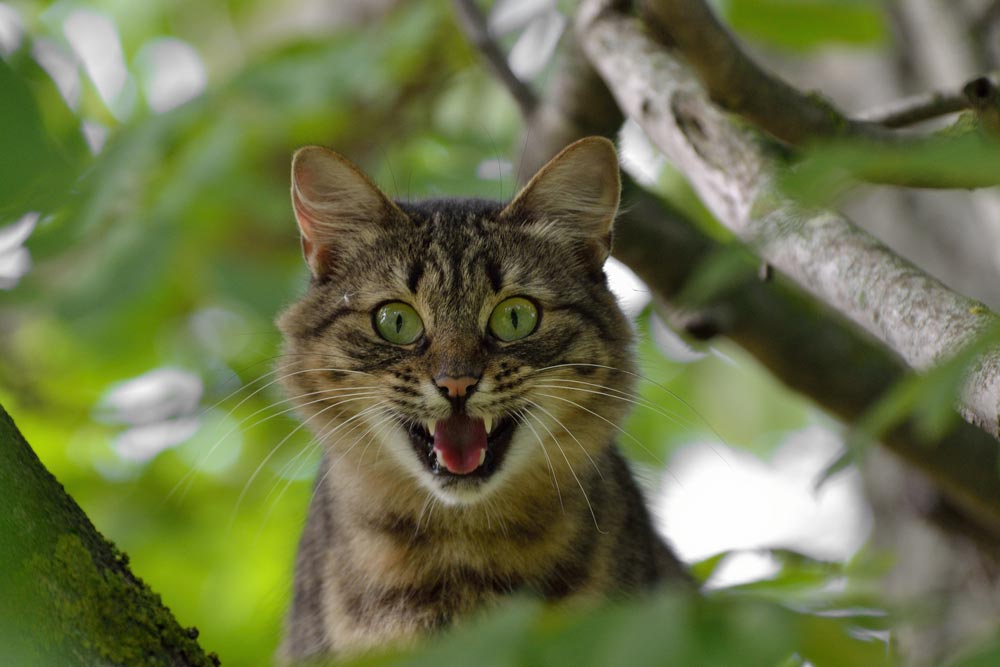

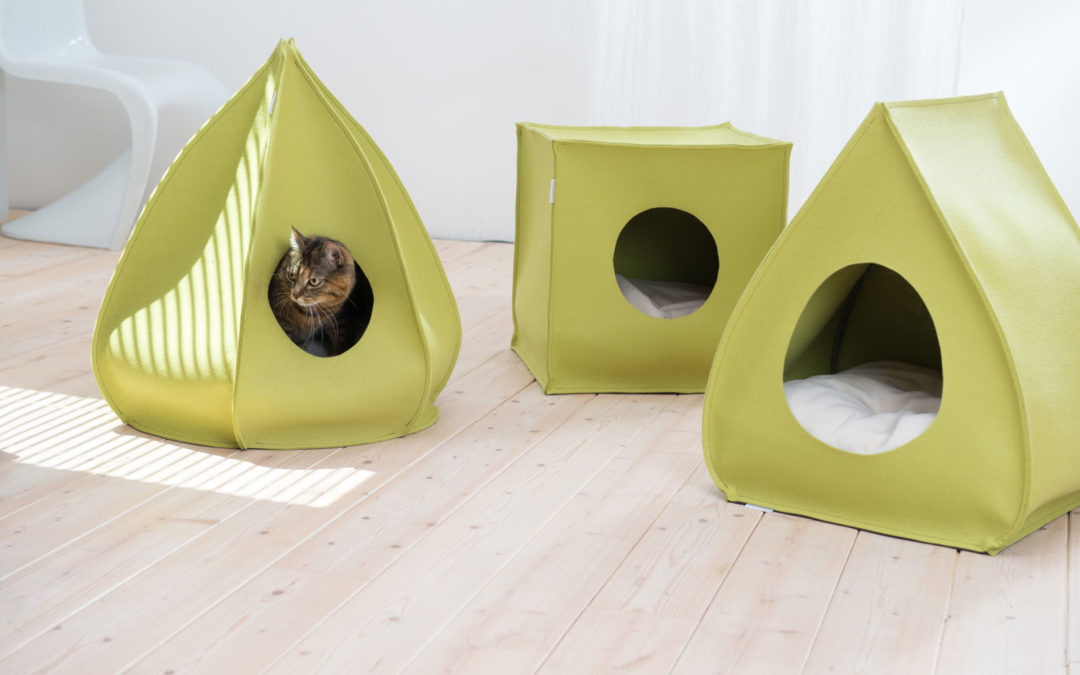
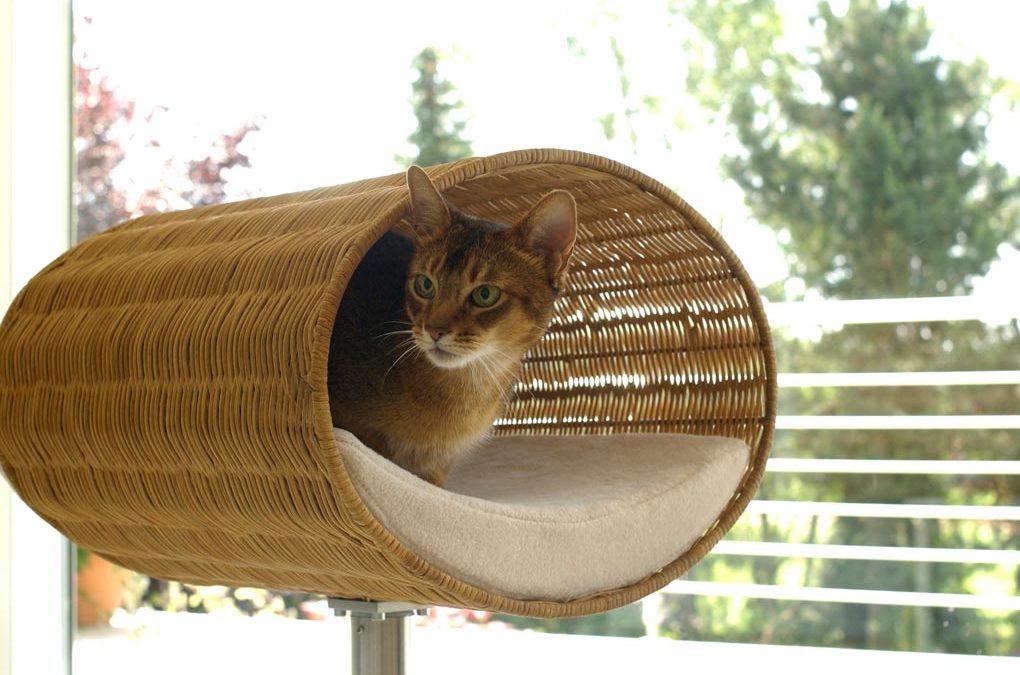
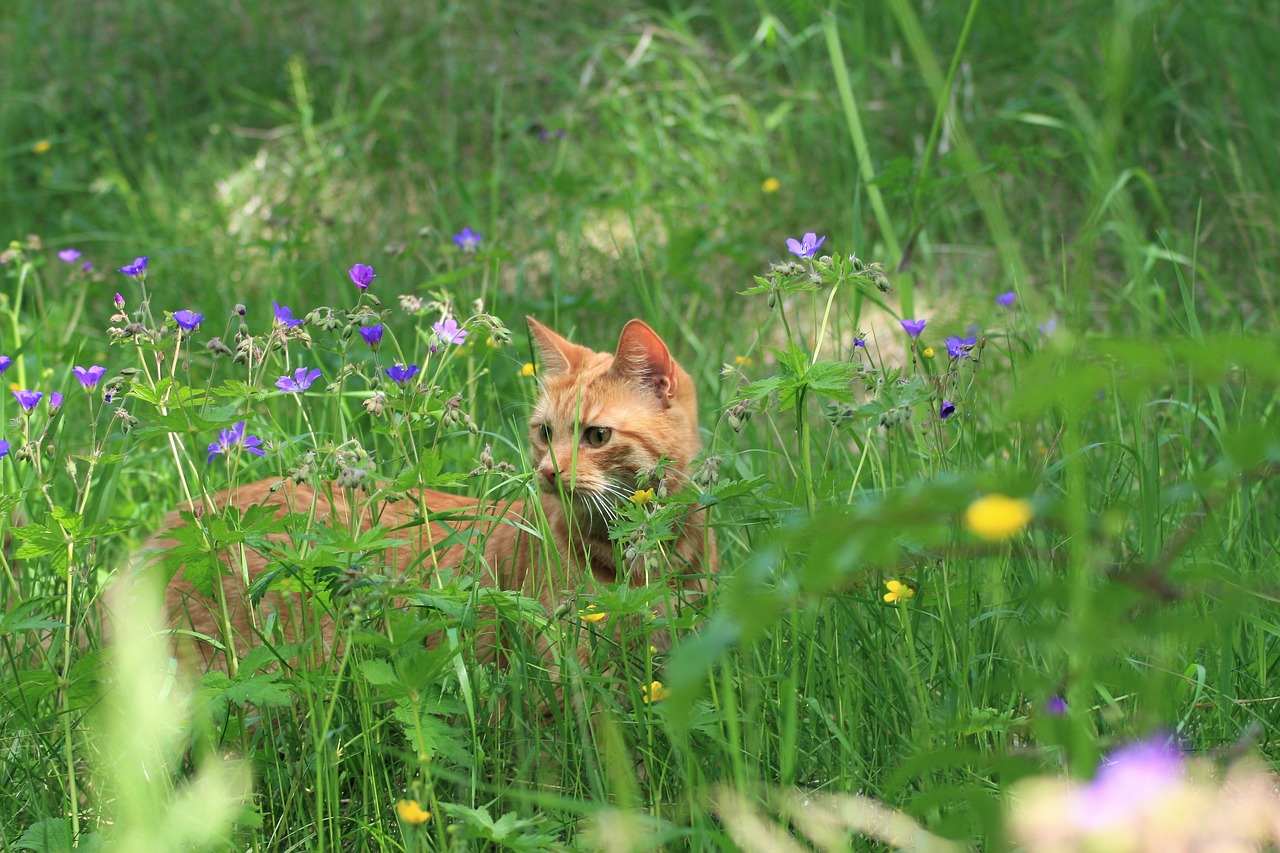





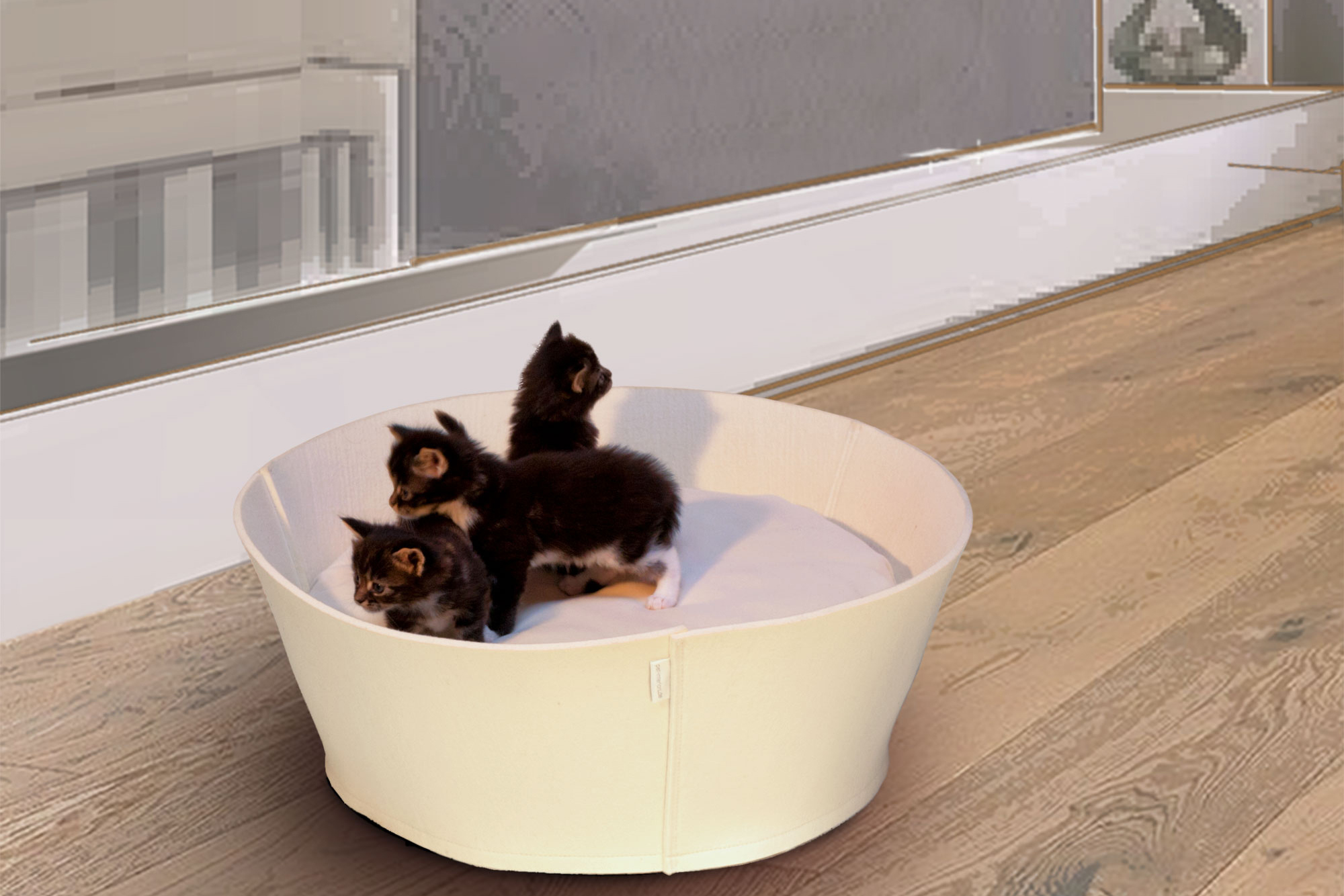
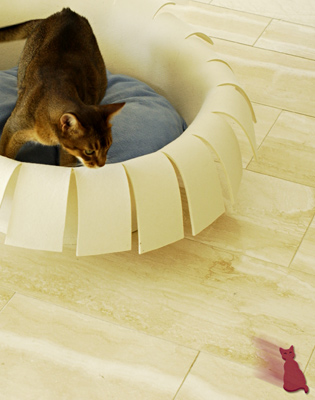
Recent Comments